Mazuri Koi Pond Nuggets Fish Feed, 20 lb. Bag
Raise bright and healthy koi fish. Mazuri® Pond Koi Fish Food offers complete nutrition, with a taste koi can’t resist, and ingredients that support beautiful, vibrant coloration. Plus, the food particles float – to encourage fish to come to the surface of your pond, tank or aquarium so you can enjoy mealtime too.
Raise bright and healthy koi fish. Mazuri® Pond Koi Fish Food offers complete nutrition, with a taste koi can’t resist, and ingredients that support beautiful, vibrant coloration. Plus, the food particles float – to encourage fish to come to the surface of your pond, tank or aquarium so you can enjoy mealtime too.
- Watch your fish thrive with complete nutrition. Fortified with vitamins and minerals and no fish supplements needed.
- Get vibrant coloration. With ingredients that support pigmentation.
- Optimize development. High protein level helps tissues and muscles grow.
- Help prevent overfeeding. The floating particles bring fish to the surface to eat, so you can monitor their food intake.
- Be eco-friendly. Our fishmeal source is 100% sustainable.
- Extruded particle dimensions: 3/16 in. x 3/16 in.
Additional information
| Feed Packaged Weight | 20 lb. |
|---|---|
| Fish Type | Koi Fish |
| Food Form | Extruded |
| Packaged Height | 24 in. |
| Packaged Length | 24 in. |
| Packaged Width | 19 in. |
| Package Size | 20 lb. |
| Packaging Type | Bag |
| Manufacturer Part Number | 1489 |

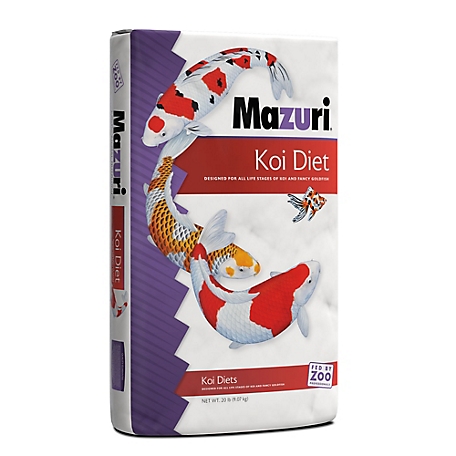

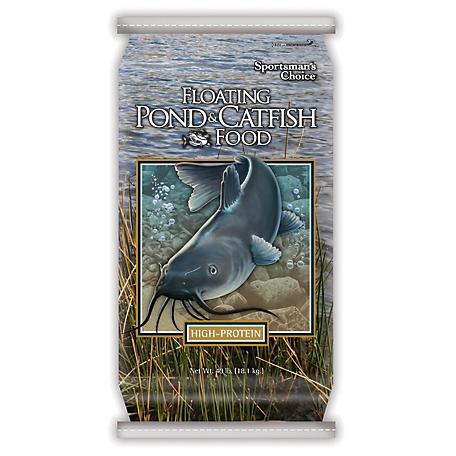

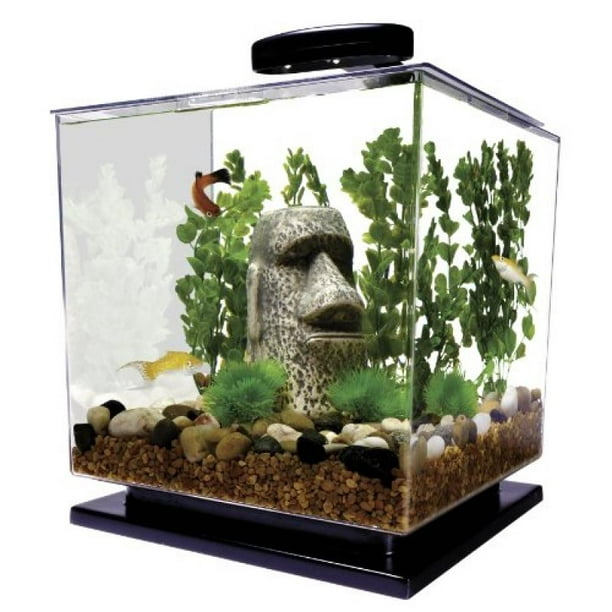


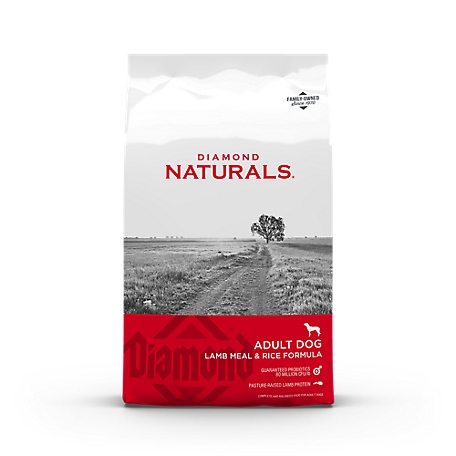
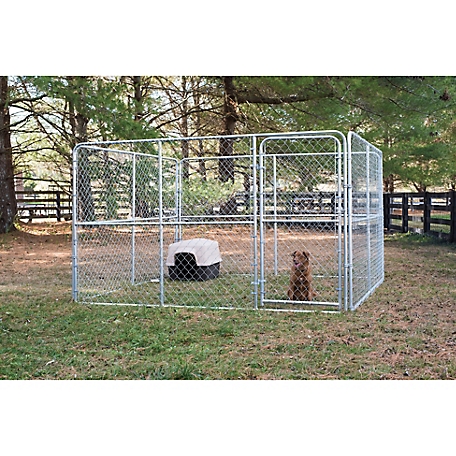
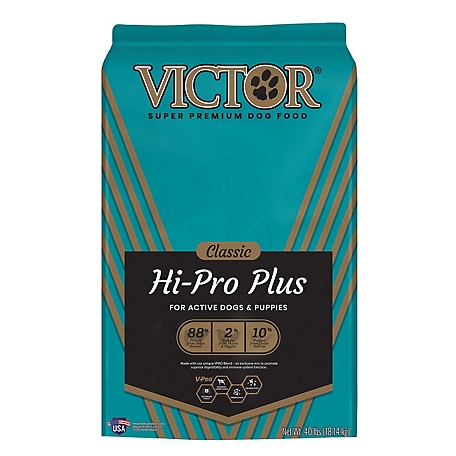
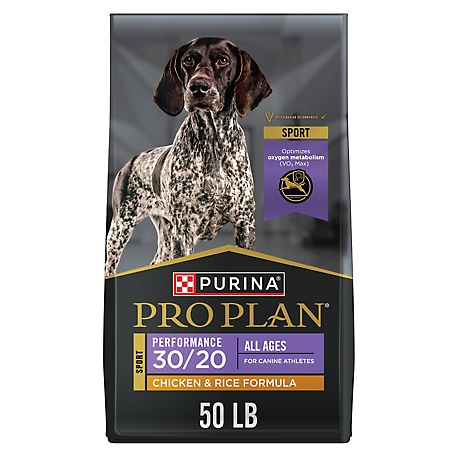
by Chris
This product is great for my koi fish. It has a really good price
by Mikey
Good quality food. Water stays much cleaner than using other brands’ pellets.
by Moda
Our koi are all large, 2-3′. This food is perfect for them and keeps their colors vibrant!
by Sam
The Koi love this food. Easy to scoop and feed.